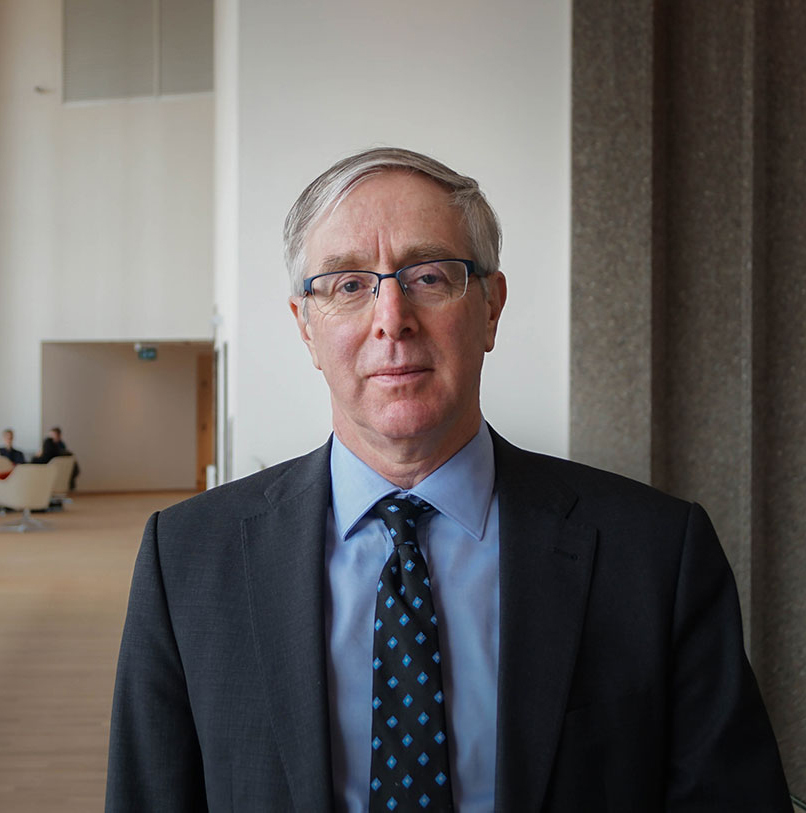A simple plaque on an external wall of St. Andrew’s Presbyterian Church in Ottawa underscores the indelible narrative link between faith and the founding of Canada.
St. Andrew’s on Bank Street is in one of the nation’s capital’s most desirable neighborhoods that is known simply as The Glebe. Since the 1970s and 1980s, the Glebe has been a much- gentrified area of prosperous brick homes and upper-income families living at the outer edge of the downtown core. Indeed, the Glebe was Ottawa’s first suburb, and its tree-lined streets reflect that history.
What even most Ottawa residents don’t know, however, is that the comfortable district amenable to soccer moms and government middle managers was first church land set aside for sustaining the minister and the congregation of St. Andrew’s.
As the plaque on the church wall points out, the word glebe means a reserve of church land that forms a clergyman’s “benefits package” providing income and, no doubt, fresh fruits and vegetables from the manse garden.
Ottawa’s “glebe” was originally called “the glebe of St. Andrew’s Presbyterian Church” and comprised about 200 acres set aside for the Church of Scotland at Bytown. The landed in what was then Nepean Township was deeded on April 3, 1837 – a year of violent rebellion in Upper and Lower Canada – under the Quebec Act of 1774.
The Quebec Act, of course, was passed by the British Parliament at the urging of Sir Guy Carleton to allow, contrary to English law, Catholics in Canada free exercise of their Catholic faith, including the holding of public office.
It is considered by historians to be the cornerstone of Canada’s religious and linguistic pluralism, and was essential to maintaining the loyalty of French-speaking Catholic Canadians in the face of entreaties to join the 13 colonies south of the border.
On a cornerstone of Canadian history rests the building of a church whose original source of worldly sustenance gives its name to a central neighborhood in the nation’s capital. Though it might be forgotten by many now, it is the story of faith in Canada.






